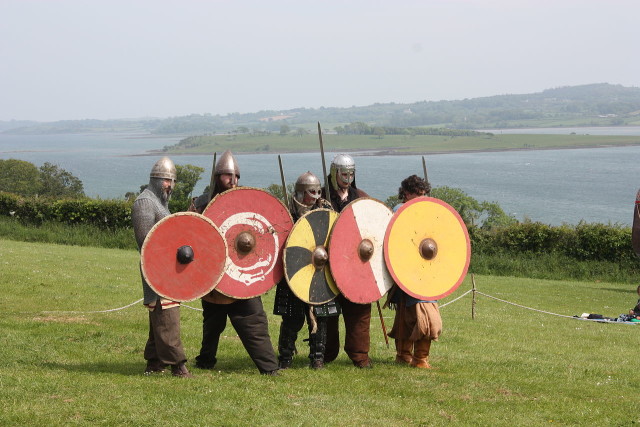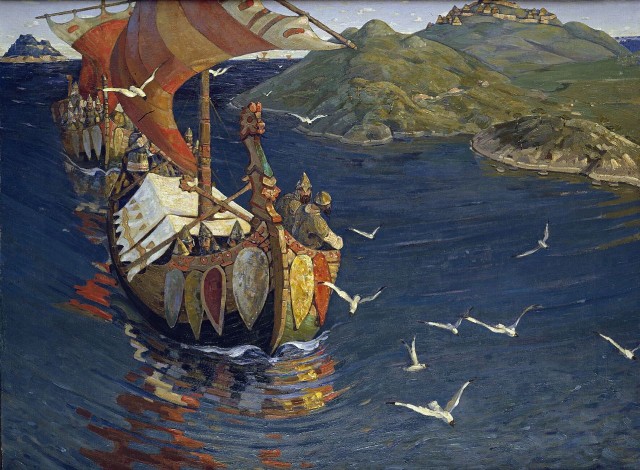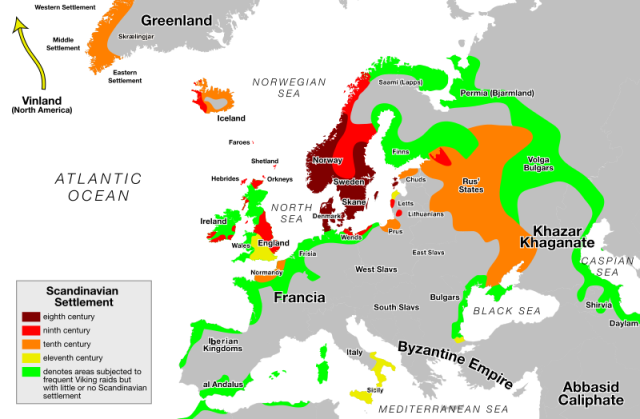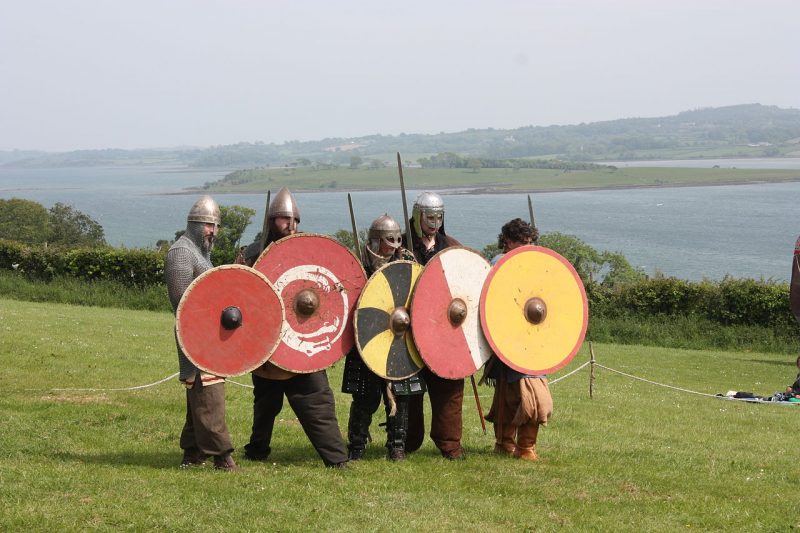The history of 8th century England is littered with the tales of the atrocities committed by the Vikings. The gruesome nature of the stories can give one the chills due to their sheer nature of brutality and inhumanity. The Vikings came from Scandinavia and wreaked havoc all over Western Europe, with their ruthless precision and targeted killing of the innocents.

Most of the historians prior to the Vikings’ arrival in Europe, were involved with the church in one way or the other and wrote very biased account of the actual events. However, when it came to the Vikings they wrote extensively and in great details giving the future generation a very vivid picture into the disposition and viciousness of the Vikings. Based on the writings of the church historians a Viking map was drawn in the minds of the readers as to what extent did Vikings penetrated into England. Modern historians and researchers, on the other hand, believe they have the conclusive evidence to challenge the conventionally accepted so-called Viking map.

8th century England mostly consisted of four regions, Wessex, Mercia, East Anglia and Northumbria. The Vikings had successfully taken over Mercia, East Anglia, and Northumbria; Wessex, however ,put up a sturdy defence and stayed independent.
But precisely because Wessex never fell under the Viking sword, not much heed was paid by the historians to probe the Viking operations within the West Country. One reason could have been the sheer level of Viking brutality in the neighbouring occupied regions, which kept the historians on the edge of their seats. However, new evidence is now surfacing in academic circles suggesting that Vikings were very much active in the West and that the Viking King Svein with the aid of his son Knut worked hard to create a Viking foothold in areas like Devon and Cornwall.
Viking strategists worked hard to spot any cracks in the monarchy’s control over the people and succeeded in convincing the Cornish to ally with them in the uprising against King Egbert. The Cornish were wary of King’s ambitious plan to expand his kingdom; the elders of Cornwall saw this expansion as an attempt to infringe their independence and decided to rise against the ruler. The Vikings saw the opportunity and somehow convinced the Cornish to form an alliance. However the allied forces saw a crushing defeat in 838AD in the decisive ‘Battle of Hingston Down’, the rebellion was quelled and with it, the Viking’s dream of attacking the core of Wessex fell apart. Although there were numerous smaller efforts by Viking outfits to plunder the coastal settlements, mostly they were pushed back by the defenders.

In recent years, the evidence towards the extended reach of Vikings in the West Country has increased many folds, thanks to the work of researchers and historians. Researchers cite a shed load of archaeological, sculptural and linguistic evidence to prove their point, that Vikings certainly did try their utmost to penetrate deeper into the social fabric of Wessex, but failed. However, they left a trail of evidence behind them, including scattered artefacts, reports of Viking sounding names prevalent in that society. The researchers used the Domesday Book from the Norman era to shed some light on the names of the people and towns that had Viking influence.
